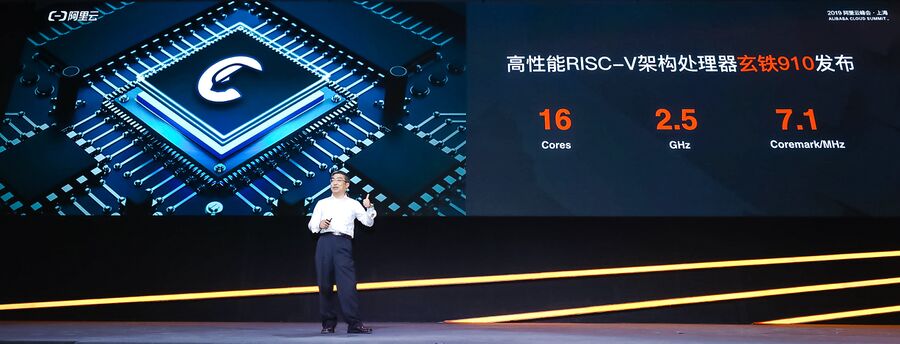IBM subsidiary Red Hat has joined the RISC-V foundation
The move was not entirely surprising given that IBM is one of the RISC-V foundations founding members. There is no announcement of Red Hat distributions like Fedora and Red Hat Enterprise Linux becoming available for RISC-V any time soon. However, this does signal that they have plans in that direction.

The Chinese have powerful 16-core RISC-V processors with a 2.5 GHZ boost clock. The Americans do not.
The American chip-maker Qualcomm still dominates the mobile and embedded markets with their ARM based System-On-A-Chip (SOC) solutions. Qualcomm is, like IBM, a founding member of the RISC-V foundation - yet there's no RISC-V chips available from Qualcomm. An American GNU/Linux distribution for RISC-V from Red Hat could help change that.
The Chinese have a working 16-core RISC-V chip and another Chinese RISC-V chip named Loongson Godson 3A4000/3B4000 in October. It will be produced in Europe by STMicroelectronics on a 28nm process. The Chinese have written a in-depth analysis of the Loongson Godson 3A4000. That chip does have one flaw: it consumes up to 80W at 2.0 GHz. That rules out tablets and mobile phones but does leave the door open for servers. There is no big Chinese Linux vendor or any Chinese Linux distribution for RISC-V.
It is interesting to note that the Swedish-owned German Linux vendor SUSE is not a member of the RISC-V foundation. Canonical, who makes the Ubuntu distribution, is also not a member.
You can learn more about RISC-V at https://riscv.org/ and you see who's a member and who's not on their "Members At A Glance" page.

Enable comment auto-refresher
Rms
Permalink |